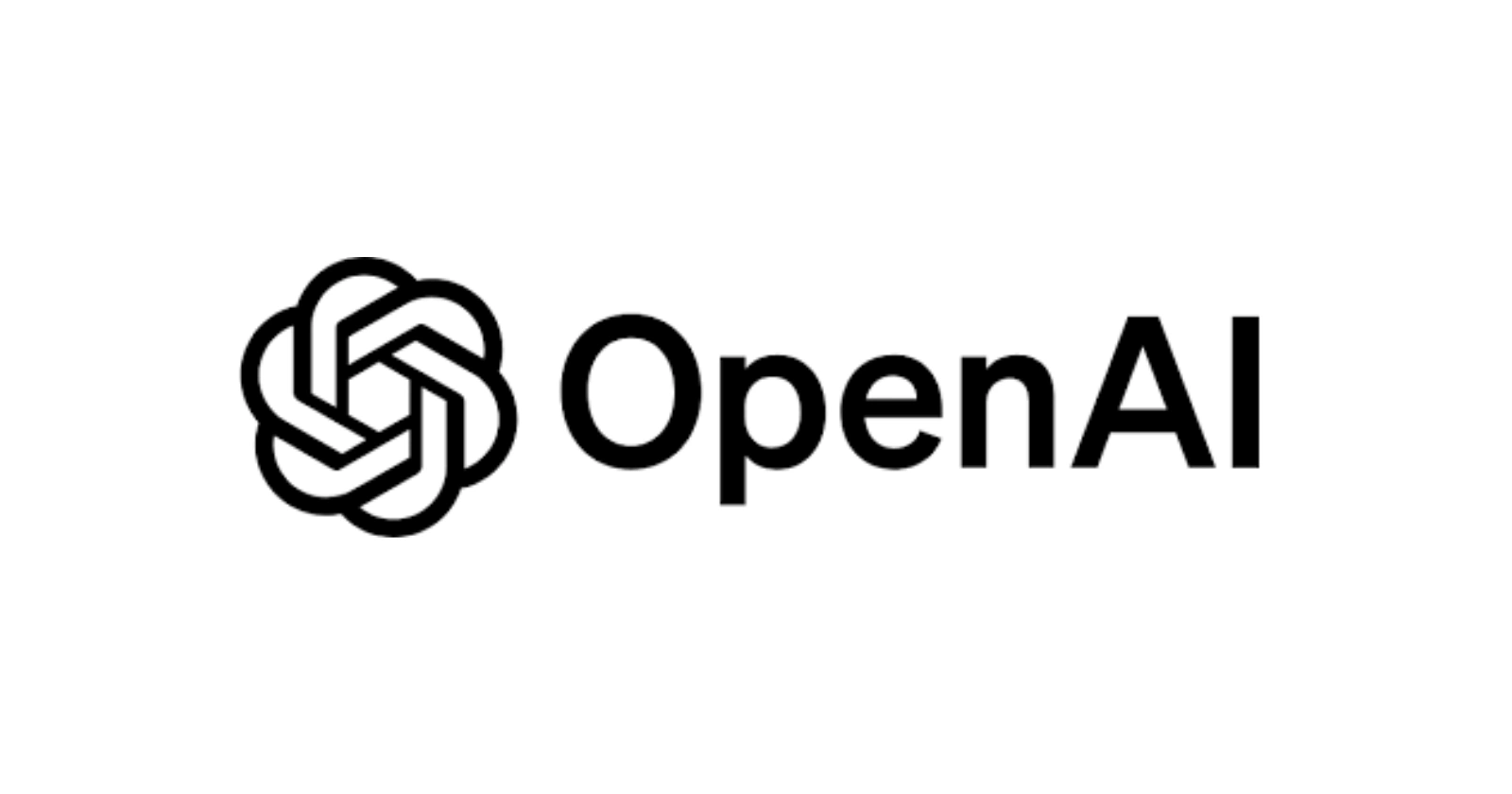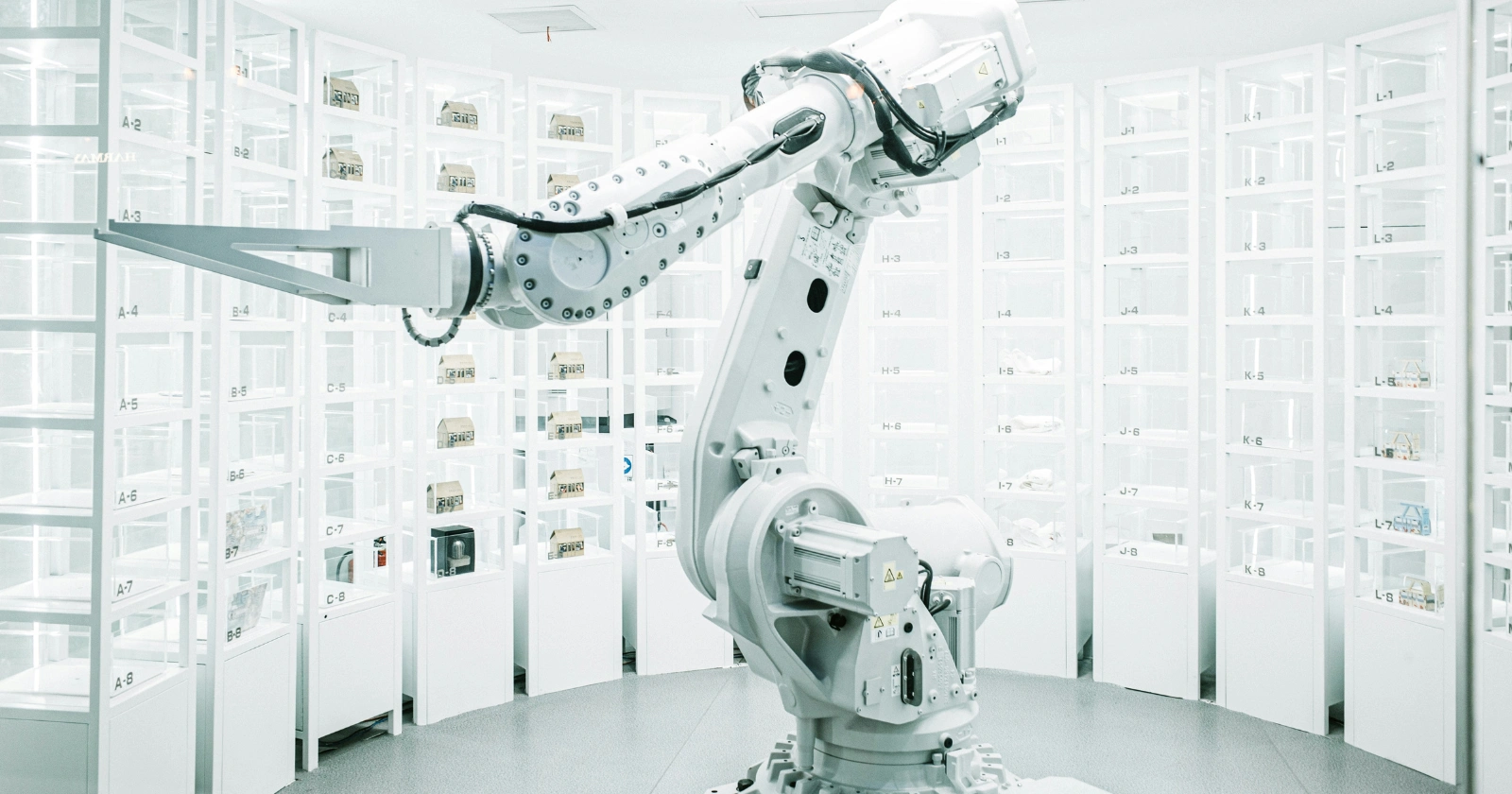A frenzy of massive, interconnected deals among artificial intelligence powerhouses is reshaping the tech landscape, with OpenAI, Nvidia, and Advanced Micro Devices (AMD) at the center of a $1 trillion push to build unprecedented AI infrastructure.
These partnerships, while fueling innovation and growth, have sparked concerns among analysts about the sustainability of the AI boom, with some warning of parallels to the dot-com bubble of the late 1990s. The stakes are high, as the outcomes of these deals could ripple across global markets, from energy to equities.
Unprecedented Investments Fuel AI Expansion
In late September 2025, Nvidia announced a $100 billion investment in OpenAI to fund a massive data center expansion capable of powering advanced AI models like ChatGPT and Sora. In return, OpenAI committed to equipping these facilities with millions of Nvidia’s cutting-edge GPUs, including its next-generation “Vera Rubin” supercomputers. Just days later, OpenAI unveiled a $300 billion deal with Oracle to build U.S.-based data centers, which will also rely heavily on Nvidia chips.
On October 6, OpenAI struck another landmark agreement with AMD, securing 6 gigawatts of AI GPU clusters and acquiring warrants for up to 160 million AMD shares—potentially a 10% stake—if performance milestones are met.
These agreements, totaling roughly $1 trillion in commitments, aim to address the skyrocketing demand for AI computing power. ChatGPT handles 1 billion monthly queries, a 50% year-over-year increase, while Sora, OpenAI’s video generation tool, saw 2.5 million downloads and generated 500,000 videos in its first week, according to Bloomberg. To support this growth, OpenAI is betting big on infrastructure, with plans to deploy 1 million GPUs and 20 new data centers by 2027.
Key Deals Driving the AI Boom
- Nvidia ($100 billion): Funds OpenAI’s data center buildout, supplying 10 gigawatts of AI supercomputers. Nvidia gains an equity stake in OpenAI, strengthening its grip on the AI chip market.
- AMD ($50 billion): Provides 6 gigawatts of AI accelerators, starting with MI450 chips in 2026. OpenAI’s potential 10% stake in AMD ties their fortunes together.
- Oracle ($300 billion): Hosts OpenAI’s compute needs under the “Stargate” project, building five new U.S. data centers with SoftBank’s backing.
- Energy Partners ($200 billion): Contracts with NextEra and Vestas secure 10 gigawatts of renewable energy to power AI facilities.
- Other Investments ($575 billion): Covers data center construction, cooling systems, and chip fabrication with TSMC.
A “Virtuous Cycle” or a Risky Web?
Industry leaders defend these deals as essential to meet unprecedented demand. AMD CEO Lisa Su called the OpenAI partnership a “virtuous, positive cycle” in a Bloomberg TV interview, while OpenAI President Greg Brockman emphasized the need for an “industry-wide effort” to support AI’s growth. Nvidia CEO Jensen Huang, speaking to CNBC, noted that OpenAI’s shift to direct chip purchases allows it to build its own “self-hosted hyperscaler” cloud, a move that could position it as a major player in AI infrastructure.
However, the circular nature of these deals—where companies invest in each other while funding massive chip and cloud orders—has raised red flags. Brian Colello, an analyst at Morningstar, warned that if the AI bubble bursts, these interconnected relationships could be early warning signs. “If things go south, the problem may lie in these circular deals,” he told Bloomberg. Paulo Carvao, a senior fellow at Harvard Kennedy School, drew parallels to the dot-com era, noting that while today’s AI firms have tangible products, their spending far outpaces revenue.
Oracle’s cloud business, for instance, reported $900 million in revenue from Nvidia-powered servers last quarter but only a 14% gross profit margin, according to The Information. This slim margin led to a dip in Oracle’s stock, highlighting the financial risks of such heavy investments.
Similarly, OpenAI’s $4.5 billion in revenue for the first half of 2025 pales in comparison to its trillion-dollar commitments, raising questions about its ability to fund these projects without significant debt or additional equity raises.
Market Reactions and Competitive Shifts
The market has responded dramatically to these developments. AMD’s stock surged 34% after the OpenAI deal, its largest single-day gain since 2016, pushing its market cap to over $400 billion, per Reuters.
Analysts, including Jefferies, upgraded AMD to a “Buy” with a $300 price target, citing its validated AI roadmap. Nvidia, despite a slight 1–2% dip amid competition fears, remains the world’s most valuable company at $4.5 trillion, according to PitchBook. Oracle’s stock, up 87% in 2025, reflects investor confidence in its “Stargate” project, which aims to build 10 gigawatts of AI computing capacity.
These deals also signal a shift in the competitive landscape. AMD’s partnership positions it as a credible alternative to Nvidia, which has dominated AI chip sales. OpenAI’s dual-sourcing strategy—leveraging both Nvidia and AMD—reduces reliance on a single supplier and could drive innovation. Meanwhile, Oracle’s pivot to AI cloud services challenges Microsoft Azure’s dominance, with SoftBank’s investment adding global reach to the “Stargate” initiative.
Financial Snapshot: Key Players in AI Deals
| Company | Investment/Deal Value | Purpose | Stock Impact (2025) |
|---|---|---|---|
| Nvidia | $100 billion | AI supercomputers, equity | +1–2% dip |
| AMD | $50 billion | 6 GW GPUs, 10% stake | +34% surge |
| Oracle | $300 billion | Stargate cloud hosting | +87% year-to-date |
Regulatory and Economic Implications
In Washington, regulators have taken a hands-off approach, prioritizing U.S. competitiveness against China. White House AI and Crypto Czar David Sacks told Bloomberg, “It’s up to them. We want American companies to be successful.” The Trump administration’s stake in Intel and plans to tax Nvidia and AMD’s chip sales to China further tie the government to the AI ecosystem.
Yet, the scale of these investments raises concerns about market stability. OpenAI’s $1 trillion bet, much of it in conditional commitments and equity swaps, resembles a “shell game,” according to some analysts. If AI demand falters or execution stumbles—such as delays in chip production or data center construction—the financial fallout could be severe. Antitrust scrutiny is also looming, particularly for Nvidia, whose growing influence as both a supplier and shareholder in major AI players could invite regulatory action.
A High-Stakes Bet on AI’s Future
OpenAI CEO Sam Altman remains optimistic, telling developers in October 2025, “We’re confident we’ll become very profitable, but right now, we’re focused on investment and growth.” His vision—to build “AI cities” of compute—has rallied tech giants, cloud providers, and even sovereign funds to share the burden. With plans for 10 billion monthly AI interactions by 2027, OpenAI aims to lead the $500 billion global AI market, growing at a 25% compound annual rate, per Bloomberg.
The trillion-dollar question is whether this gamble will pay off. If successful, OpenAI and its partners could redefine technology, unlocking new AI capabilities and economic value. But if the bubble bursts, the interconnected web of deals could drag down multiple sectors. For now, the AI gold rush continues, with OpenAI’s bold strategy placing it at the forefront of an industry racing toward an uncertain future.



